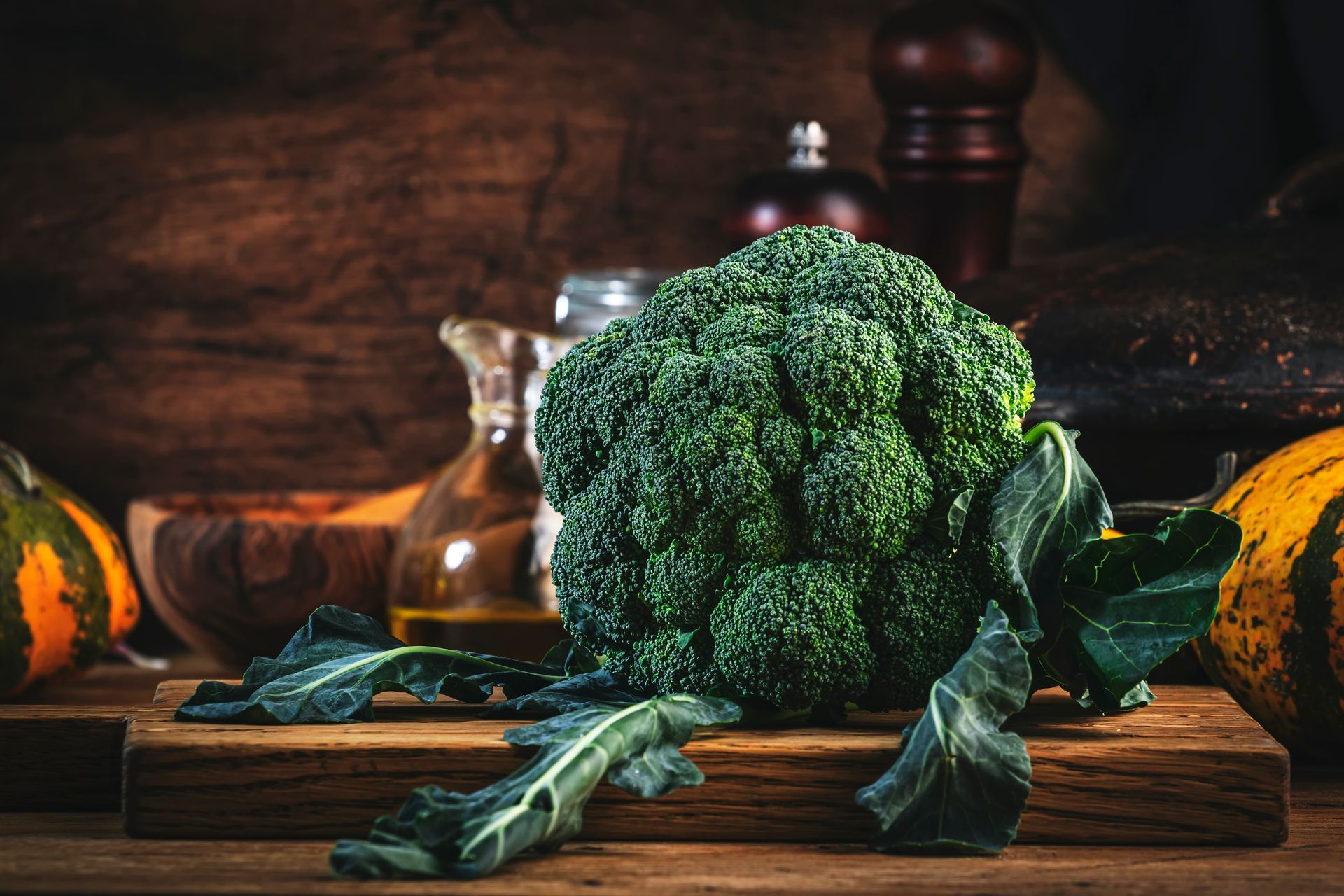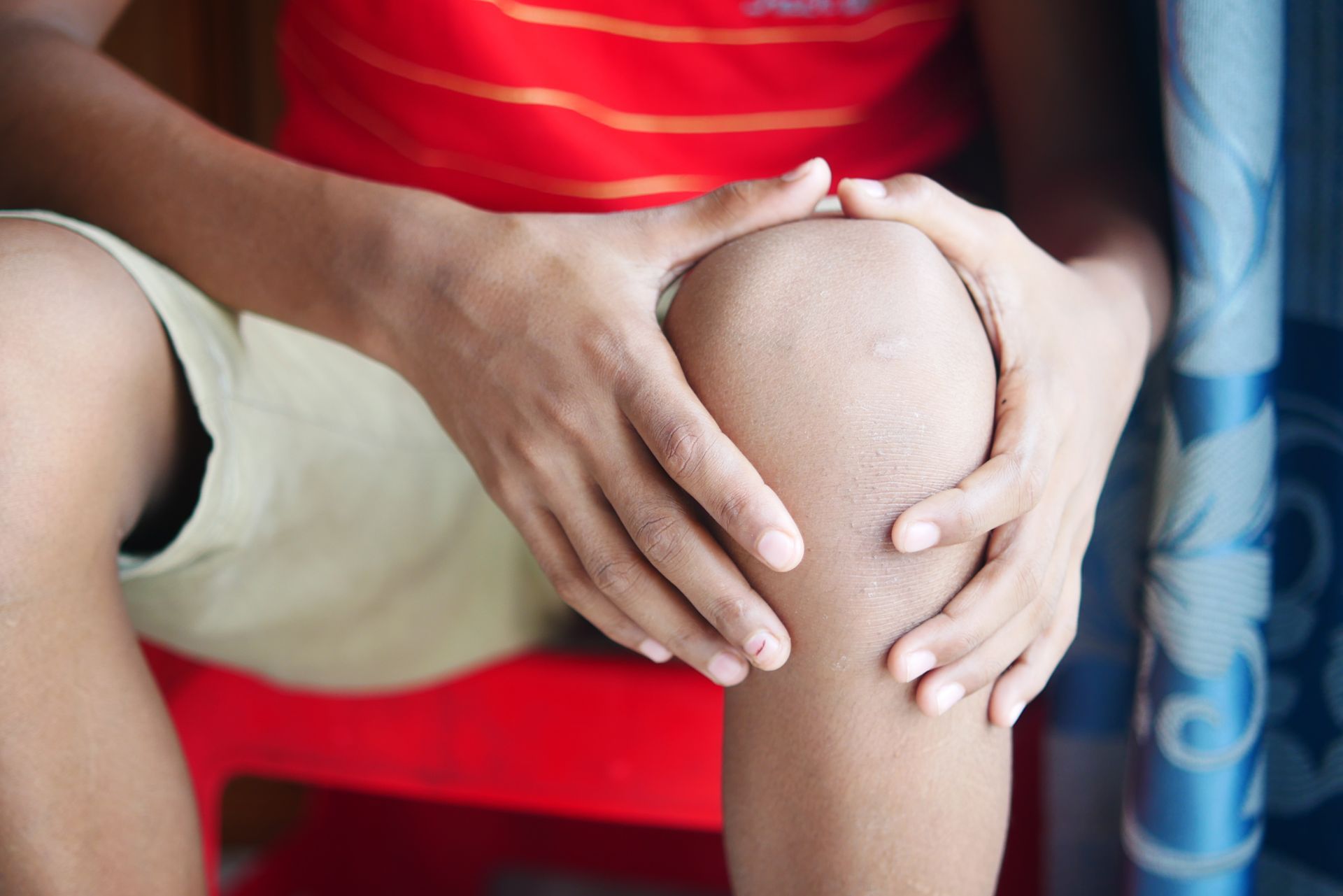BLOG, PODCAST, & RESEARCH LIBRARY
Laser therapy, also known as photobiomodulation or low-level laser therapy (LLLT), is a cutting-edge treatment that harnesses the power of light to stimulate the body's natural healing processes...

Laser Therapy: Harnessing the Power of Light for Accelerated Healing and Pain Relief
Laser therapy, also known as photobiomodulation or low-level laser therapy (LLLT), is a cutting-edge treatment that harnesses the power of light to stimulate the body's natural healing processes. By delivering focused, coherent light energy to damaged tissues, laser therapy can accelerate repair, reduce pain and inflammation, and restore function – all without the risks or side effects of drugs or surgery.
How Does Laser Therapy Work?
During a laser therapy session, a trained practitioner uses a handheld device to apply laser light directly to the skin over the affected area. The light photons penetrate deeply into the tissues, where they are absorbed by photoacceptors in the cells. This triggers a cascade of beneficial effects, including:
- Increased production of ATP (cellular energy)
- Enhanced blood flow and oxygenation
- Reduced inflammation and swelling
- Accelerated tissue repair and regeneration
- Modulation of pain signaling pathways
By optimizing the cellular environment and stimulating the body's innate healing mechanisms, laser therapy can help tissues recover more quickly and efficiently from injury or disease.
The Benefits of Laser Therapy for Tissue Repair
Laser therapy has been extensively researched and clinically proven to be effective for a wide range of conditions involving tissue damage or chronic pain. Some of the key benefits include:
1. Accelerated Wound Healing
Laser therapy has been shown to speed up the healing of acute and chronic wounds, including surgical incisions, ulcers, and burns. By stimulating collagen production, angiogenesis (new blood vessel formation), and cellular proliferation, laser light helps tissues repair and regenerate more efficiently.
2. Reduced Inflammation and Swelling
Inflammation is a natural part of the healing process, but excessive or prolonged inflammation can delay recovery and cause pain. Laser therapy helps to modulate inflammatory pathways, reducing swelling, redness, and discomfort in injured or diseased tissues.
3. Pain Relief
Laser therapy is highly effective for managing acute and chronic pain conditions, such as arthritis, tendinitis, neuropathy, and fibromyalgia. By reducing inflammation, promoting tissue repair, and modulating pain signaling in the nervous system, laser treatments can provide significant and long-lasting relief without the need for drugs or surgery.
4. Improved Muscle and Joint Function
Laser therapy can be beneficial for a variety of musculoskeletal conditions, including sprains, strains, tendon and ligament injuries, and degenerative joint diseases. By stimulating healing and reducing inflammation, laser treatments can help restore strength, flexibility, and function to damaged muscles and joints.
5. Non-Invasive and Safe
Unlike surgery or pharmaceuticals, laser therapy is non-invasive, painless, and has no known side effects. Treatments are quick (usually 5-15 minutes), require no downtime, and can be safely used alongside other therapies for optimal results.
Is Laser Therapy Right for You?
If you are dealing with an acute injury, chronic pain condition, or delayed healing, laser therapy may be a valuable tool to help you recover faster and get back to your active lifestyle. This cutting-edge treatment is suitable for people of all ages and can be tailored to address a wide range of tissue repair needs.
To find out if laser therapy is right for you, consult with a qualified healthcare provider who has experience with this modality. They can assess your specific condition, recommend an appropriate treatment plan, and monitor your progress to ensure the best possible outcomes.
Conclusion
Laser therapy is a safe, effective, and drug-free approach to accelerating tissue repair, reducing pain and inflammation, and restoring function. By harnessing the power of light to stimulate the body's natural healing processes, this innovative treatment offers new hope for people struggling with injuries, chronic pain, or delayed recovery.

"Even more impressive, pectin has been linked with a variety of health benefits, including its ability to support detoxification processes, serve as a prebiotic, and assist in managing certain metabolic disorders. Its significance in maintaining overall digestive health while offering protective mechanisms against various diseases highlights the importance of incorporating pectin-rich foods into your diet..."

"These powerful substances are now more accessible than ever, featured in various health products aimed at detoxification and nutrient optimization. When selecting a product, ensure it's sourced from high-quality, organic materials and processed to preserve the integrity of the humic and fulvic compounds."

Introduction Nausea and vomiting are unpleasant symptoms that can arise from various causes, including motion sickness, morning sickness, infections, and more. While conventional medications can be effective, natural remedies offer a gentle and holistic approach to alleviating these discomforts. Here, we explore several natural methods to help stop nausea and vomiting, providing relief without relying on pharmaceuticals. 1. Ginger Ginger is one of the most well-known natural remedies for nausea and vomiting. It contains compounds like gingerol and shogaol that have anti-nausea properties. • How to Use: Fresh ginger can be grated and steeped in hot water to make ginger tea. Ginger candies, capsules, or even fresh ginger slices can also be effective. Sipping ginger tea or chewing on ginger candies can help soothe the stomach. 2. Peppermint Peppermint is another popular remedy known for its calming effects on the stomach muscles, which can help relieve nausea. • How to Use: Peppermint tea, made by steeping fresh or dried peppermint leaves in hot water, can provide quick relief. Peppermint essential oil can also be inhaled or diluted with a carrier oil and applied to the wrists or behind the ears. 3. Lemon The refreshing scent and taste of lemon can help reduce nausea. Lemons are also rich in vitamin C, which can boost your immune system. • How to Use: Drinking lemon water, inhaling the scent of fresh lemons, or sucking on lemon slices can help. Lemon essential oil can also be diffused or used in aromatherapy. 4. Acupressure Acupressure is an ancient technique that involves applying pressure to specific points on the body to relieve symptoms. • How to Use: The P6 (Neiguan) point, located on the inner wrist, is known to alleviate nausea. To find this point, measure three finger-widths down from the base of your palm and apply gentle pressure with your thumb for a few minutes. 5. Hydration Staying hydrated is crucial, especially if you have been vomiting. Dehydration can worsen nausea and overall discomfort. • How to Use: Sip on clear fluids like water, herbal teas, or electrolyte solutions. Avoid sugary or caffeinated beverages, as they can irritate the stomach. 6. Chamomile Tea Chamomile tea is known for its soothing and anti-inflammatory properties, which can help calm the stomach and reduce nausea. • How to Use: Steep chamomile flowers in hot water for several minutes to make a calming tea. Sip slowly to ease nausea and promote relaxation. 7. Fennel Seeds Fennel seeds have been traditionally used to treat digestive issues, including nausea and bloating. • How to Use: Chew on a teaspoon of fennel seeds or make fennel tea by steeping the seeds in hot water. Drinking fennel tea can help settle the stomach and reduce nausea. 8. Apple Cider Vinegar Apple cider vinegar can help balance stomach acids and improve digestion, which can reduce nausea. • How to Use: Mix one tablespoon of apple cider vinegar with a cup of warm water and a teaspoon of honey. Drink this mixture slowly to alleviate nausea. 9. Bland Diet Eating bland foods can help settle the stomach and prevent further irritation. • How to Use: The BRAT diet (bananas, rice, applesauce, toast) is a commonly recommended regimen for those experiencing nausea. These foods are easy to digest and can help absorb excess stomach acid. 10. Essential Oils Essential oils like lavender, ginger, and peppermint can provide relief through aromatherapy. • How to Use: Diffuse essential oils in your home, inhale directly from the bottle, or apply diluted oils to your skin. Aromatherapy can help relax the mind and body, reducing the sensation of nausea. Conclusion Natural remedies offer a gentle and effective way to manage nausea and vomiting. From herbal teas and essential oils to acupressure and hydration, these methods can provide relief without the need for pharmaceuticals.







